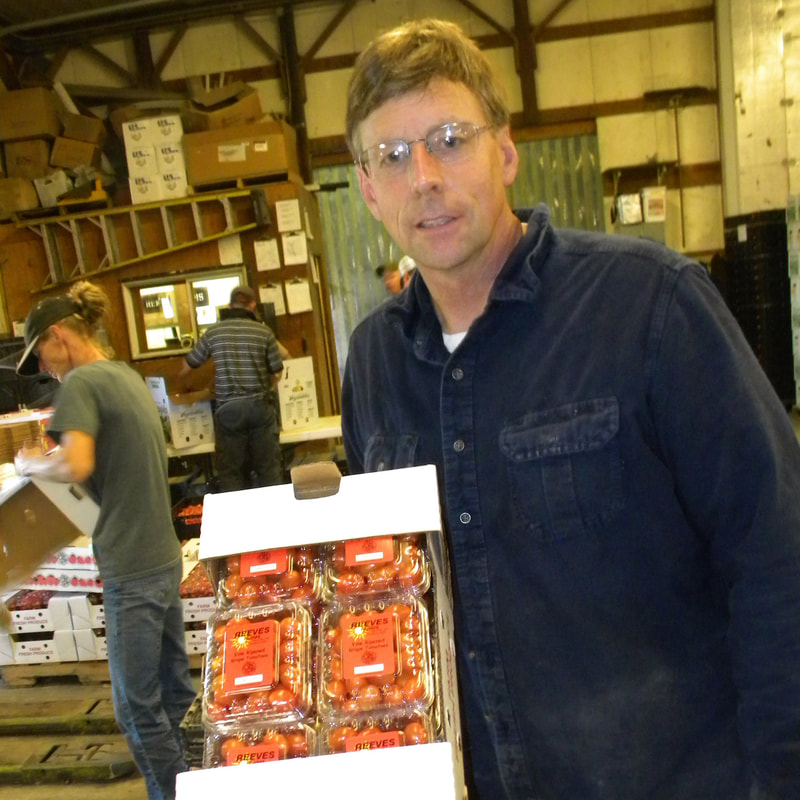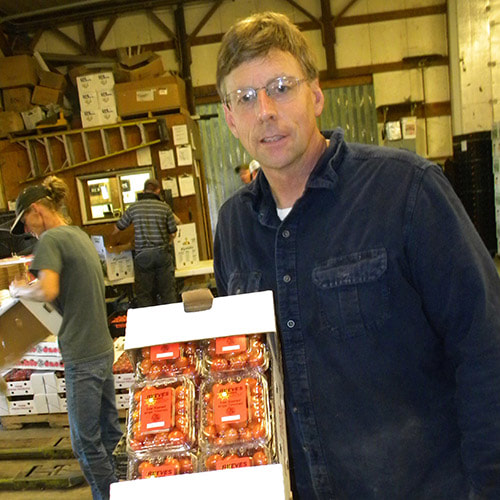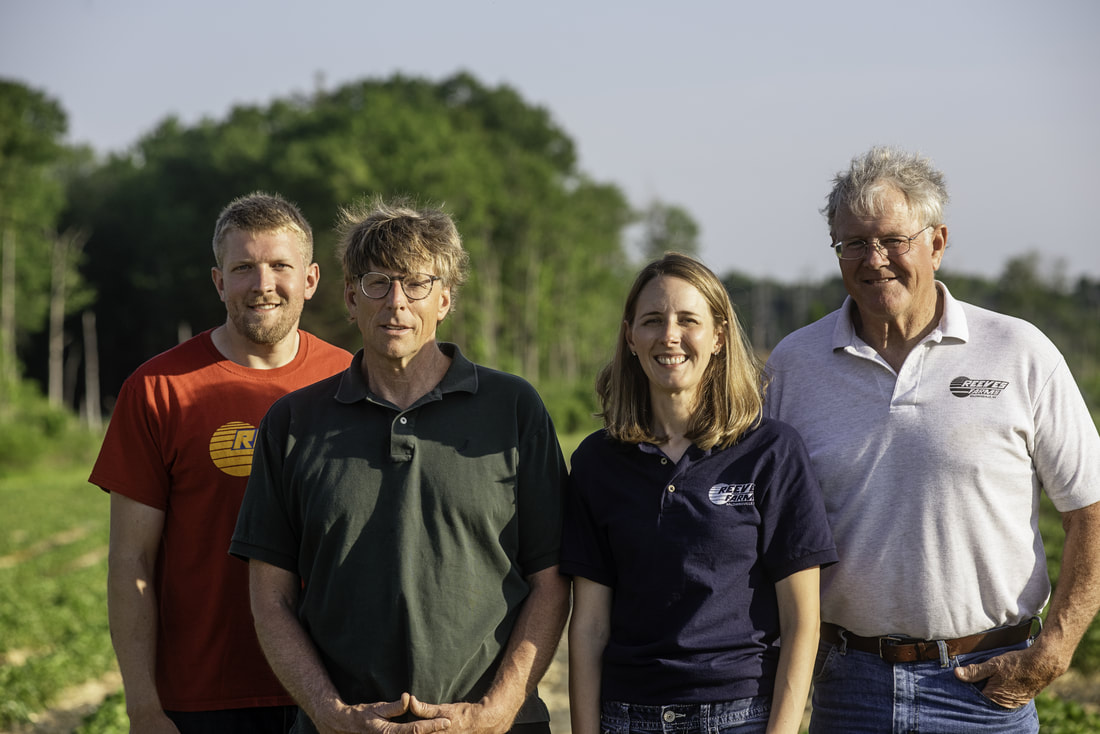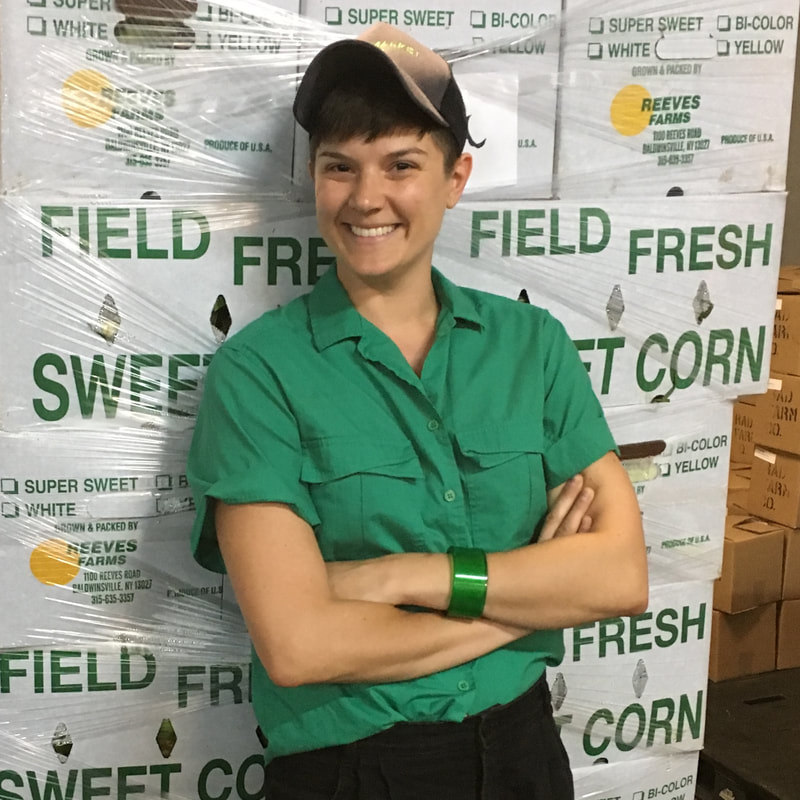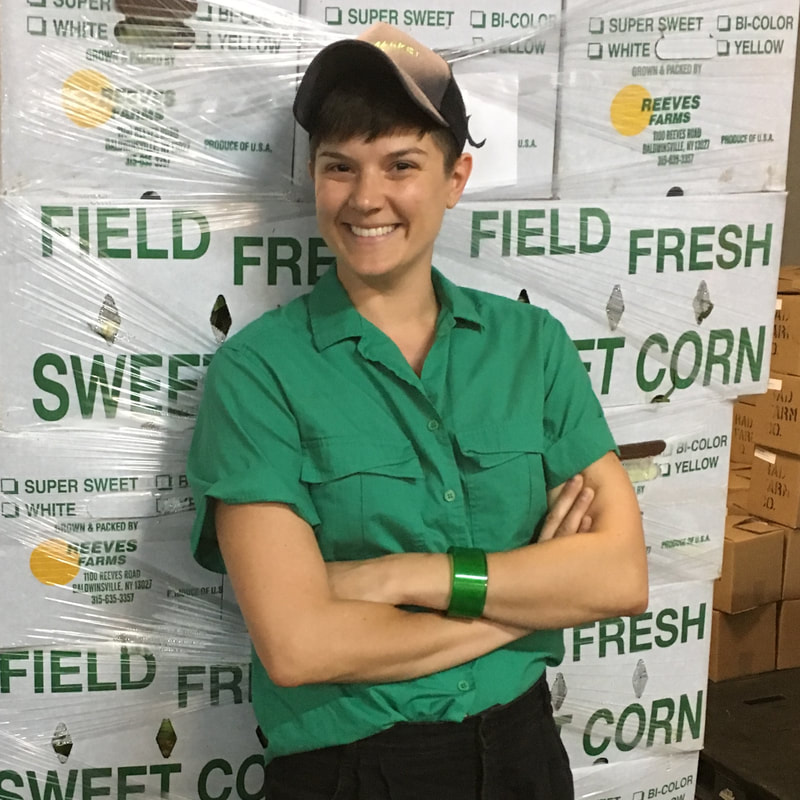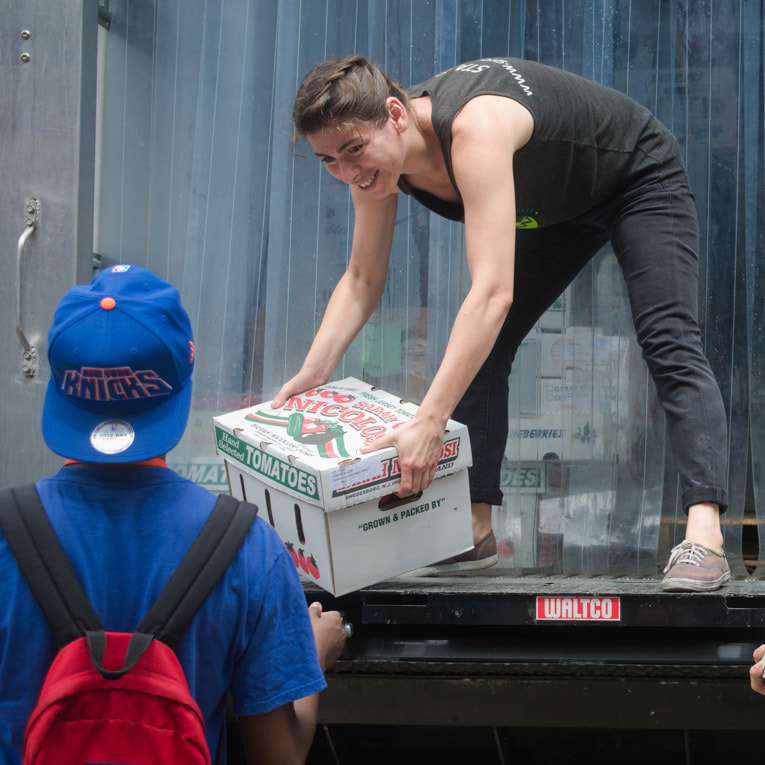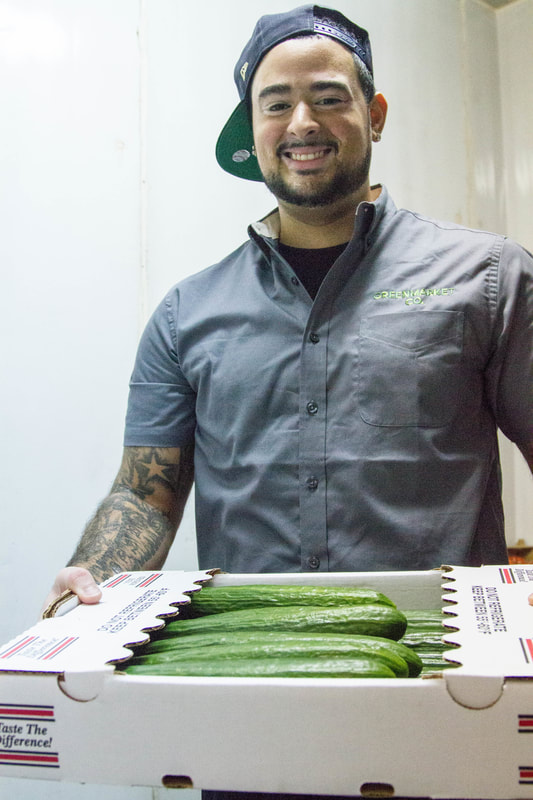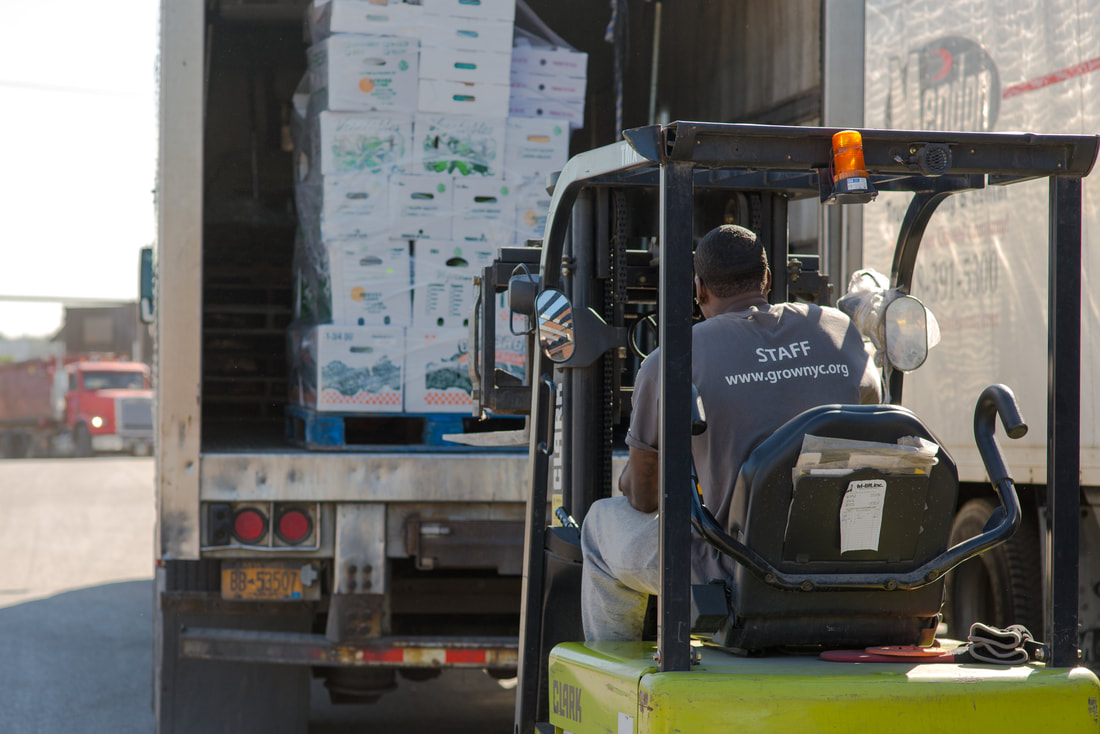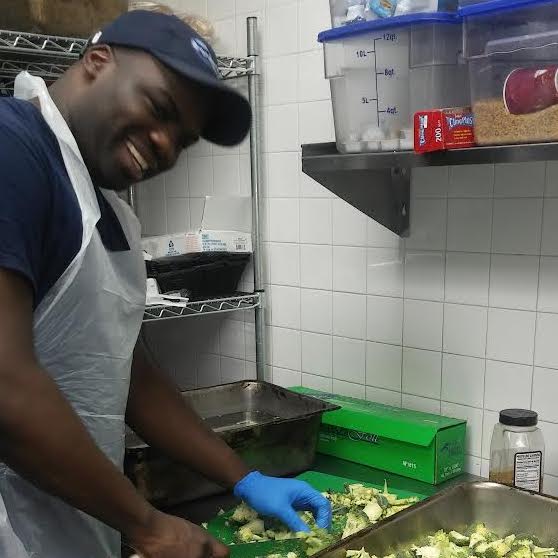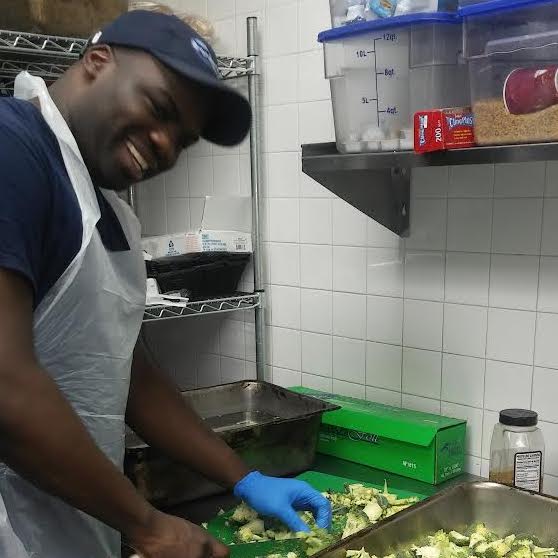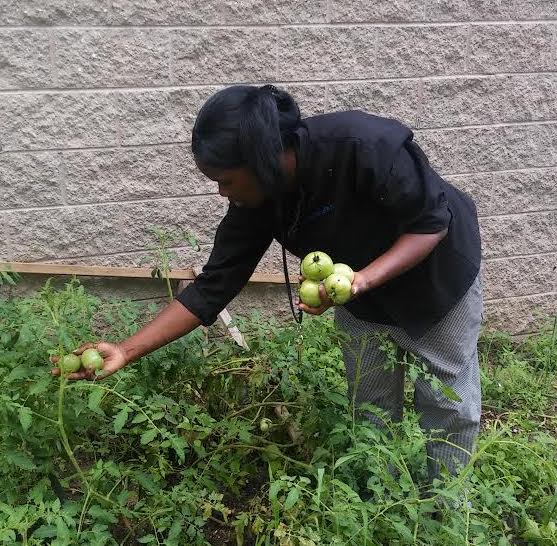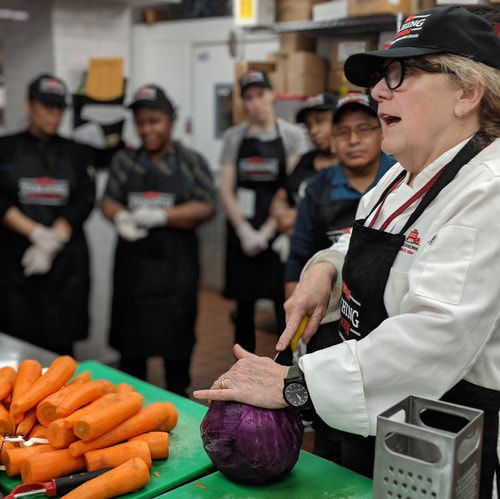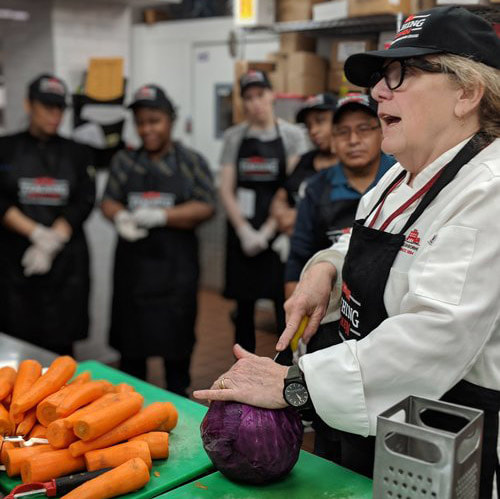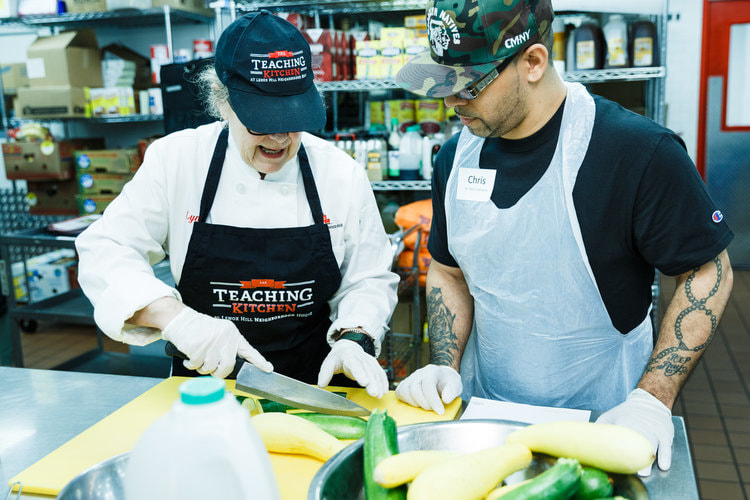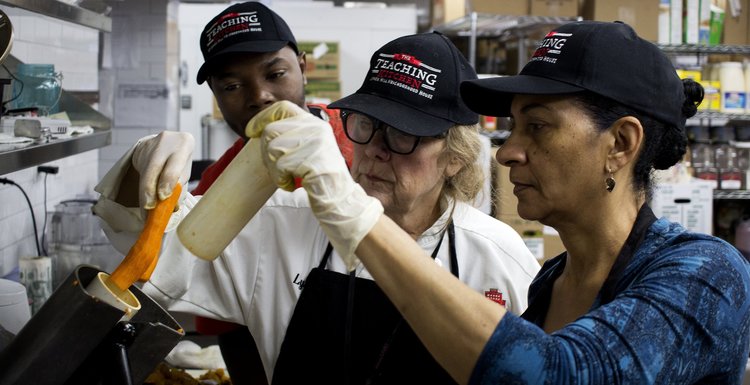Farm to Institution: Designing the Greater Hudson River Valley Foodways
Over the past several decades the Hudson Valley has emerged as one of the country’s most vibrant local food economies, supported by a significant cohort of conscious consumers, largely concentrated in urban centers, who have been willing and able to pay the price for sustainably produced food. However this niche locavore market has plateaued at the same time that farmers face the increased costs and logistical challenges of servicing what is now a multitude of neighborhood city greenmarkets.
The long-term viability of the local fresh food movement now depends on small and mid-scale farmers securing more efficient and more robust channels for reaching urban consumers beyond greenmarkets, and, most critically, on the elimination of the barriers that have constrained wholesale and institutional demand for their produce.
Fortunately few see the answer for the region’s struggling farmers in former Secretary of Agriculture Earl Butz’s now infamous dictum: “Get Big or Get Out.” Instead market players who take the long view understand that the solutions lie in creating more robust collaborative networks reaching across the supply and demand side of the local food market. They are wisely investing in more robust knowledge-, skill-, and infrastructure-sharing initiatives.
Annette Nielsen, Manager of Community Partnerships & Food, Nutrition, and Culinary Programs at the Horticulture Society of New York, and an award-winning food writer, illuminates here how a farmer in Central New York; the director of the GrowNYC food hub in Hunts Point; a food service manager at a large New York City not-for-profit; and a chef who operates a teaching kitchen in a Manhattan settlement house are designing a new network architecture for the Greater Hudson Valley’s regional food system that will ensure that it continues to grow and thrive.—Susan Arterian Chang, Director, The Field Guide.
The long-term viability of the local fresh food movement now depends on small and mid-scale farmers securing more efficient and more robust channels for reaching urban consumers beyond greenmarkets, and, most critically, on the elimination of the barriers that have constrained wholesale and institutional demand for their produce.
Fortunately few see the answer for the region’s struggling farmers in former Secretary of Agriculture Earl Butz’s now infamous dictum: “Get Big or Get Out.” Instead market players who take the long view understand that the solutions lie in creating more robust collaborative networks reaching across the supply and demand side of the local food market. They are wisely investing in more robust knowledge-, skill-, and infrastructure-sharing initiatives.
Annette Nielsen, Manager of Community Partnerships & Food, Nutrition, and Culinary Programs at the Horticulture Society of New York, and an award-winning food writer, illuminates here how a farmer in Central New York; the director of the GrowNYC food hub in Hunts Point; a food service manager at a large New York City not-for-profit; and a chef who operates a teaching kitchen in a Manhattan settlement house are designing a new network architecture for the Greater Hudson Valley’s regional food system that will ensure that it continues to grow and thrive.—Susan Arterian Chang, Director, The Field Guide.
|
Click on the images below to continue the story.
|
The Power of the Public Plate “The Public Plate in New York State: Growing Health, Farms and Jobs with Local,” a study released in November 2017 by the New York Academy of Medicine, spells out what the economic benefits would be if more food procurement that is currently funded by the State of New York and served in public and publicly-funded institutions were directed to purchases from local producers. Institutions spending 25 percent of their food dollars on foods grown in New York State would generate $208 million in additional economic output in the state, the report estimates. The study also details the health benefits of procuring food for the public plate from local sources and its economic value to rural New York State farm communities, including increased jobs, sales of food products, and the purchase of seed, farm equipment, and related items. Food system multipliers indicate that for each dollar spent locally, 40 cents to $1.60 in additional revenue would be generated inside the local economy. Farmers and producers, for their part, are increasingly looking to regional distribution centers for more efficient penetration into these barely tapped institutional markets. They view accessing these markets as a way to create more predictable and diverse revenue streams and therefore as a means to derisk their economic models. The Hudson Valley region is fortunate to have a large pool of individuals and groups supporting the farm-to-institution movement. They are encouraging dialogue among market players, understand the economic benefits that will accrue to farm communities, the environmental benefits that will be realized by shortening the distance between farm and institutional table, and the health benefits of local food consumption for vulnerable and at risk urban populations served by publicly funded institutional kitchens.—Annette Nielsen |
